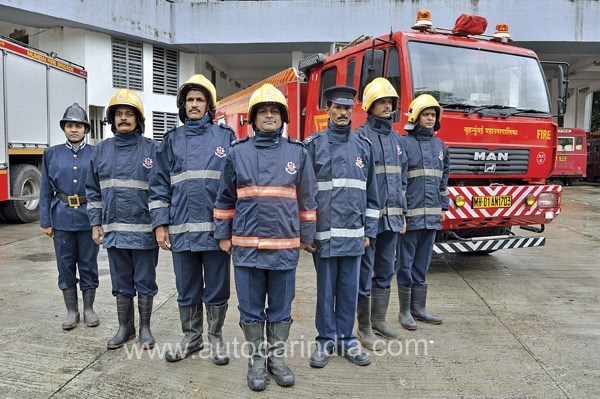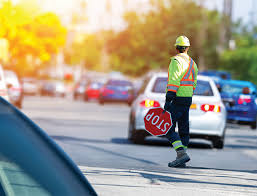Booklet: Community services 2003: Fire service (Alderney 2004)
Community services 2003: Fire service (Alderney 2004)
28 October (Alderney ) within release Community services 2004 goes into circulation Booklet Community services 2003: Fire service face value 9.76 Guernsey pound
| Booklet Community services 2003: Fire service in catalogues | |
|---|---|
| Stanley Gibbons: | Sg: GG-AL SB14 |
Booklet is square format.
Contains booklet panes SG nrs 242a to 242d and 244aAlso in the issue Community services 2004:
- Booklet Pane - Alderney Fire service face value 134;
- Booklet Pane - Alderney Fire service face value 168;
- Booklet Pane - Alderney Fire service face value 139;
- Booklet Pane - Alderney Fire service face value 163;
- Booklet Pane - Alderney Fire service face value 186;
- Booklet - Community services 2003: Fire service face value 9.76;
- Booklet Pane - Fire service booklet panes face value 186;
Booklet Community services 2003: Fire service it reflects the thematic directions:
A car is a wheeled, self-powered motor vehicle used for transportation and a product of the automotive industry. Most definitions of the term specify that cars are designed to run primarily on roads, to have seating for one to eight people, to typically have four wheels with tyres, and to be constructed principally for the transport of people rather than goods. The year 1886 is regarded as the birth year of the modern car. In that year, German inventor Karl Benz built the Benz Patent-Motorwagen. Cars did not become widely available until the early 20th century. One of the first cars that was accessible to the masses was the 1908 Model T, an American car manufactured by the Ford Motor Company. Cars were rapidly adopted in the United States of America, where they replaced animal-drawn carriages and carts, but took much longer to be accepted in Western Europe and other parts of the world.
A fire department (North American English) or fire brigade (Commonwealth English),also known as a fire company, fire authority, fire district, fire and rescue, or fire service in some areas, is an organization that provides fire prevention and fire suppression services as well as other rescue services.
Fire departments are most commonly a public sector organization that operate within a municipality, county, state, nation, or special district. Private and specialist firefighting organizations also exist, such as those for aircraft rescue and firefighting.
Road traffic safety refers to the methods and measures used to prevent road users from being killed or seriously injured. Typical road users include pedestrians, cyclists, motorists, vehicle passengers, and passengers of on-road public transport (mainly buses and trams).
A truck or lorry is a motor vehicle designed to transport freight, carry specialized payloads, or perform other utilitarian work. Trucks vary greatly in size, power, and configuration, but the vast majority feature body-on-frame construction, with a cabin that is independent of the payload portion of the vehicle. Smaller varieties may be mechanically similar to some automobiles. Commercial trucks can be very large and powerful and may be configured to be mounted with specialized equipment, such as in the case of refuse trucks, fire trucks, concrete mixers, and suction excavators. In American English, a commercial vehicle without a trailer or other articulation is formally a "straight truck" while one designed specifically to pull a trailer is not a truck but a "tractor"




